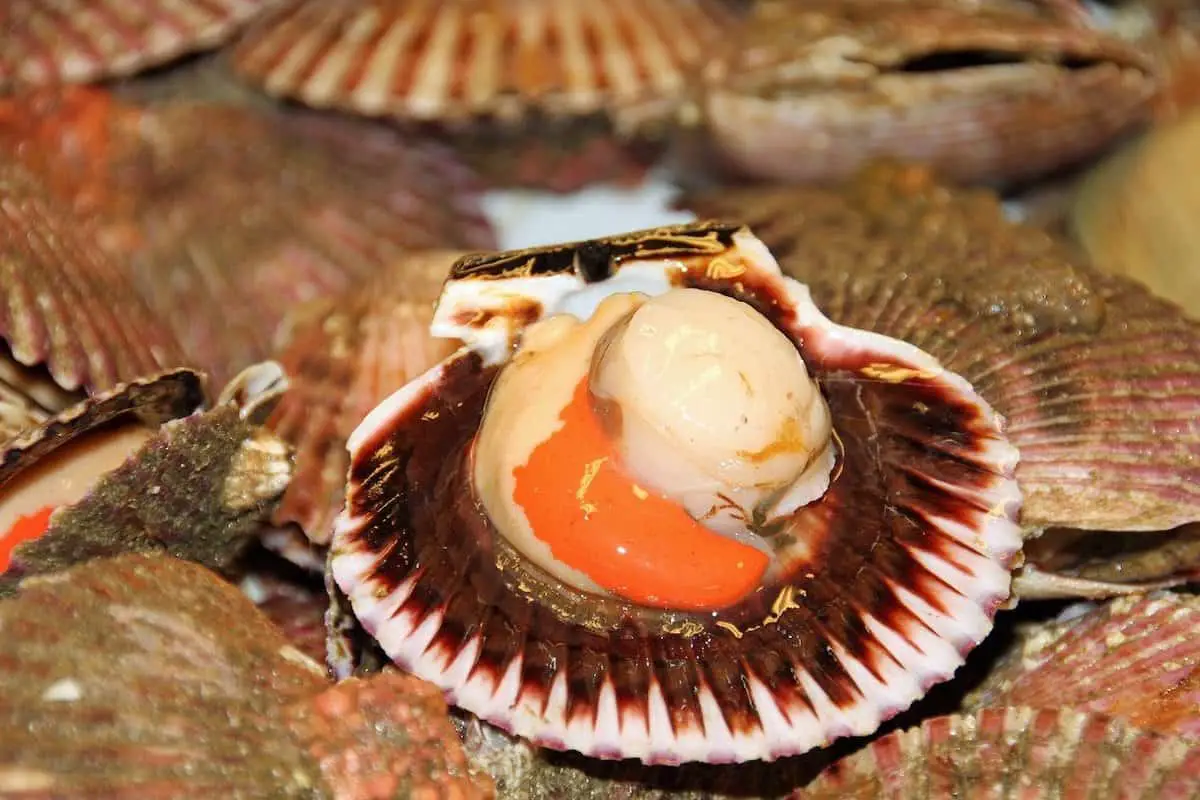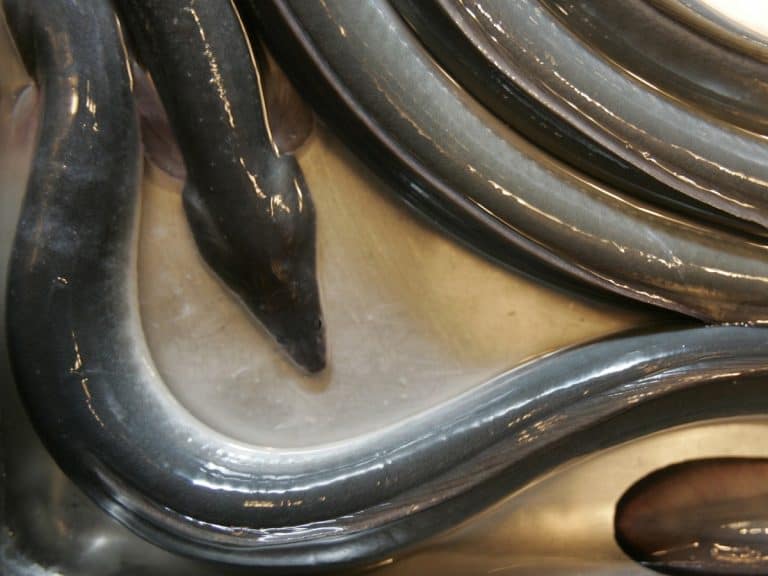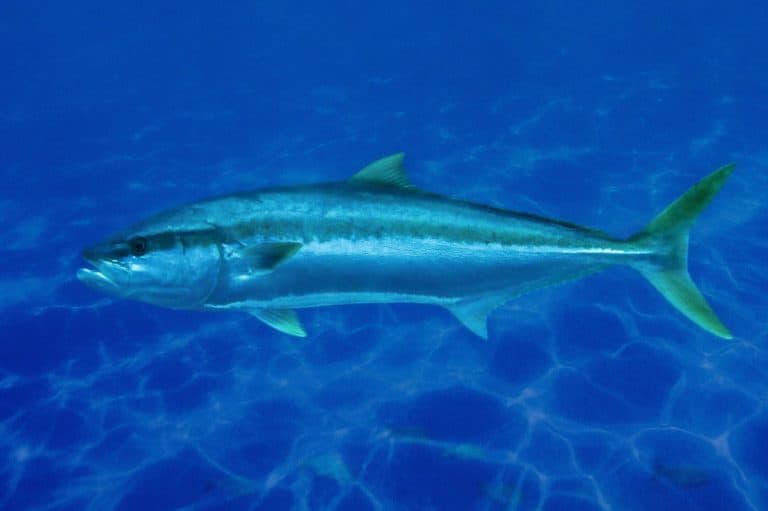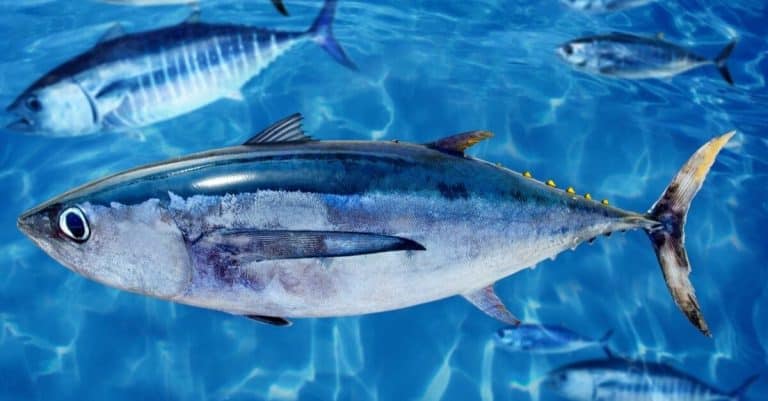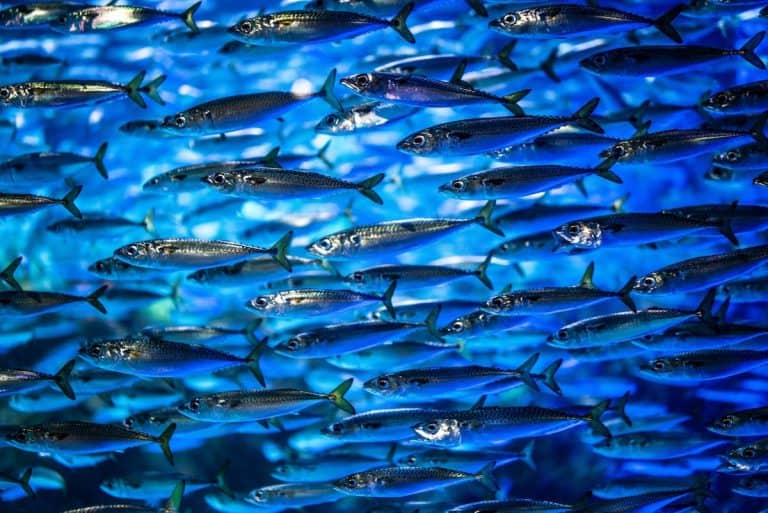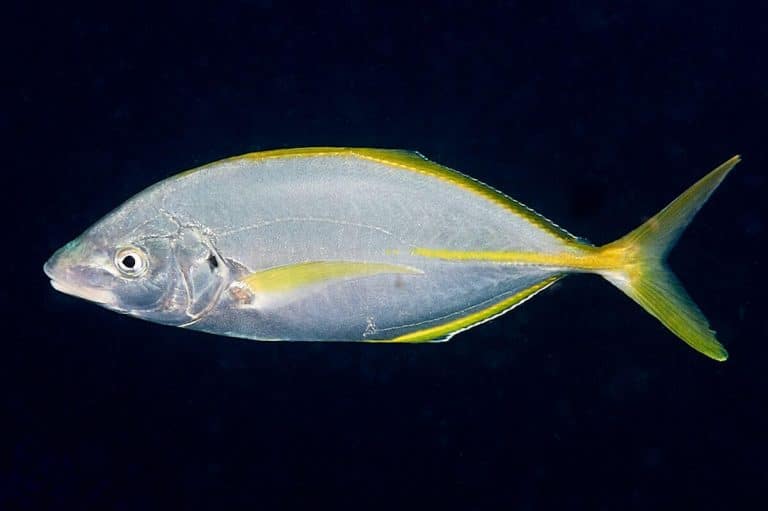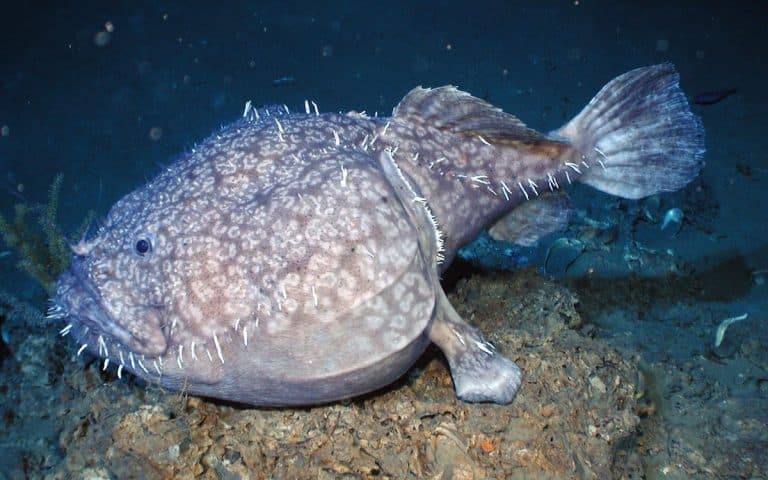Source: Farmed, Wild
Mercury Risk: Low
Scallops (hotate, in Japanese) hold a place of honor not just at the sushi bar but to the American seafood palate in general. Revered for their rich delicate flesh, scallops add a touch of decadence to many different types of cuisine. The major market distinction for this bivalve is size—large scallops are sold as “sea scallops,” while their smaller brethren are labeled “bay scallops.” There are several things to consider when evaluating hotate sushi options.
There are over three hundred species within the scallop family (Pectinidae), but only about fifteen are used in commercial aquaculture; Patinopecten yessoensis, the Japanese or Yesso scallop, dominates the industry. It is large and is sold as a “sea scallop.” Bay scallops are usually Argopectens irradians, a species primarily farmed in China.
Sushi chefs tend to favor large cold-water scallops from the coasts of Hokkaido for their premium dishes (such as live scallop sashimi). Both farmed and wild scallops come from this area. For other dishes, such as the popular spicy scallop roll, chefs may use less expensive products (like bay scallops).
Are scallops sustainable?
The variables involved in appraising a scallop’s sustainability are:
- the size
- the area where it was caught or raised
- whether or not the scallop was farmed
Additionally, for farmed scallops, it’s important to discern if the animal was suspension-farmed (reared in cages or on platforms suspended above the seabed) or bottom-cultured (planted along the seafloor and subsequently harvested.) If you can obtain this information, making a responsible decision is relatively simple.
Which hotate sushi option is best?
Here’s a quick breakdown of how scallops can be evaluated:
Farm-raised bay scallops are rarely used in sushi bars, but when available they are a good option. They are generally raised in low-impact suspension systems and require no significant amount of feed or additives.
Farm-raised sea scallops are also a good choice as long as they are suspension farmed. These large bivalves bring all the delicacy and elegance to a dish without relying on destructive catch methods.
Sea scallops raised on bottom farms are a more dubious choice. Harvesting bottom-farm scallops can involve some habitat disruption, as the seabed must be manipulated during the process.
Wild-caught sea scallops from Asia are also a questionable option. So little is known about stock strengths and population dynamics that it is impossible to determine if they are being or have already been overfished. It’s best to proceed with caution in this situation.
Wild-caught sea scallops from the North Atlantic are questionable because the fleets in this area use dredges (heavy frames and nets dragged along the seafloor) that can cause serious damage to the seabed and its ecosystem. Populations in the North Atlantic were suffering until recently, but an experimental ban on fishing has resulted in a stock recovery.
Wild-caught sea scallops from the mid-Atlantic are not a sustainable option. Not only do these fisheries depend on dredging, but populations are currently being overfished.
Casson Trenor
Casson Trenor is a frequent commentator on sustainable seafood issues. He has been featured in regional, national, and international media outlets, including CNN, NPR, Forbes, New York Times, Boston Globe, Christian Science Monitor, San Francisco Chronicle, Los Angeles Times, Seattle Times.

